The apartment is located in the Mas de Miquel building, a historic Noucentista-style building in Barcelona. It was the city’s first structure with a reinforced framed concrete design, with pioneering features such as central heating, a central vacuum system, and the functional segregation of elevators and staircases. Completed in 1929, the building was designed by Domenec Sugrañes, a disciple of Antoni Gaudí.
Metronom arquitectura Mas de Miquel
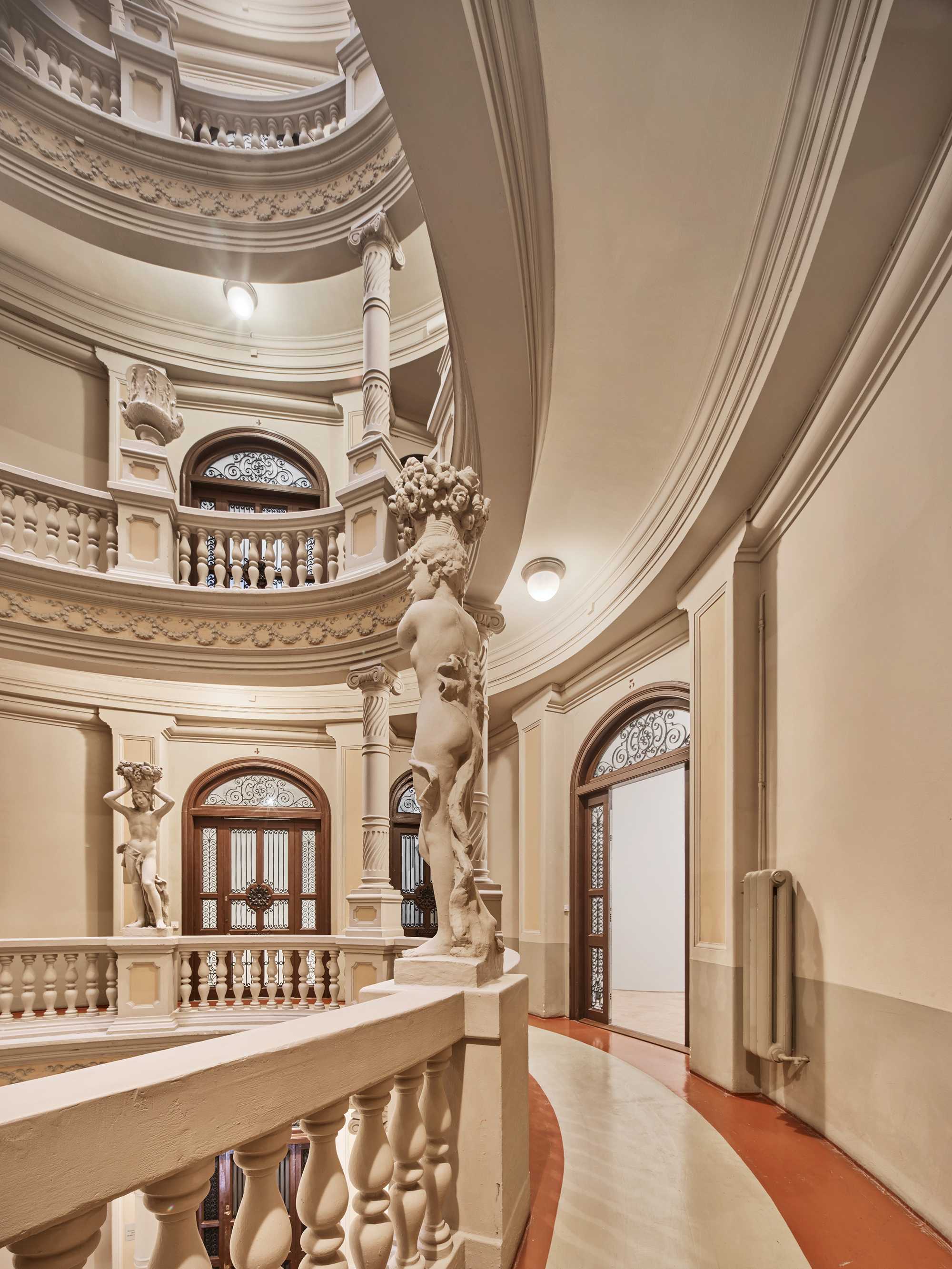
The previous layout of the apartment featured a pronounced segregation between common rooms and domestic service areas, including a mezzanine that halved the height of domestic service areas. While most of the noble rooms were connected and linked to the façade, they lacked independent access from the corridor. The commission was to transform the flat from residential into office space. The commission also requested enough flexibility for the space to be used for purposes other than offices, such as showrooms, small clinic, or even as a residence again. The transformation aimed to highlight the noble character of the main rooms, which are connected through glass doors, keeping the noucentista ambiance.
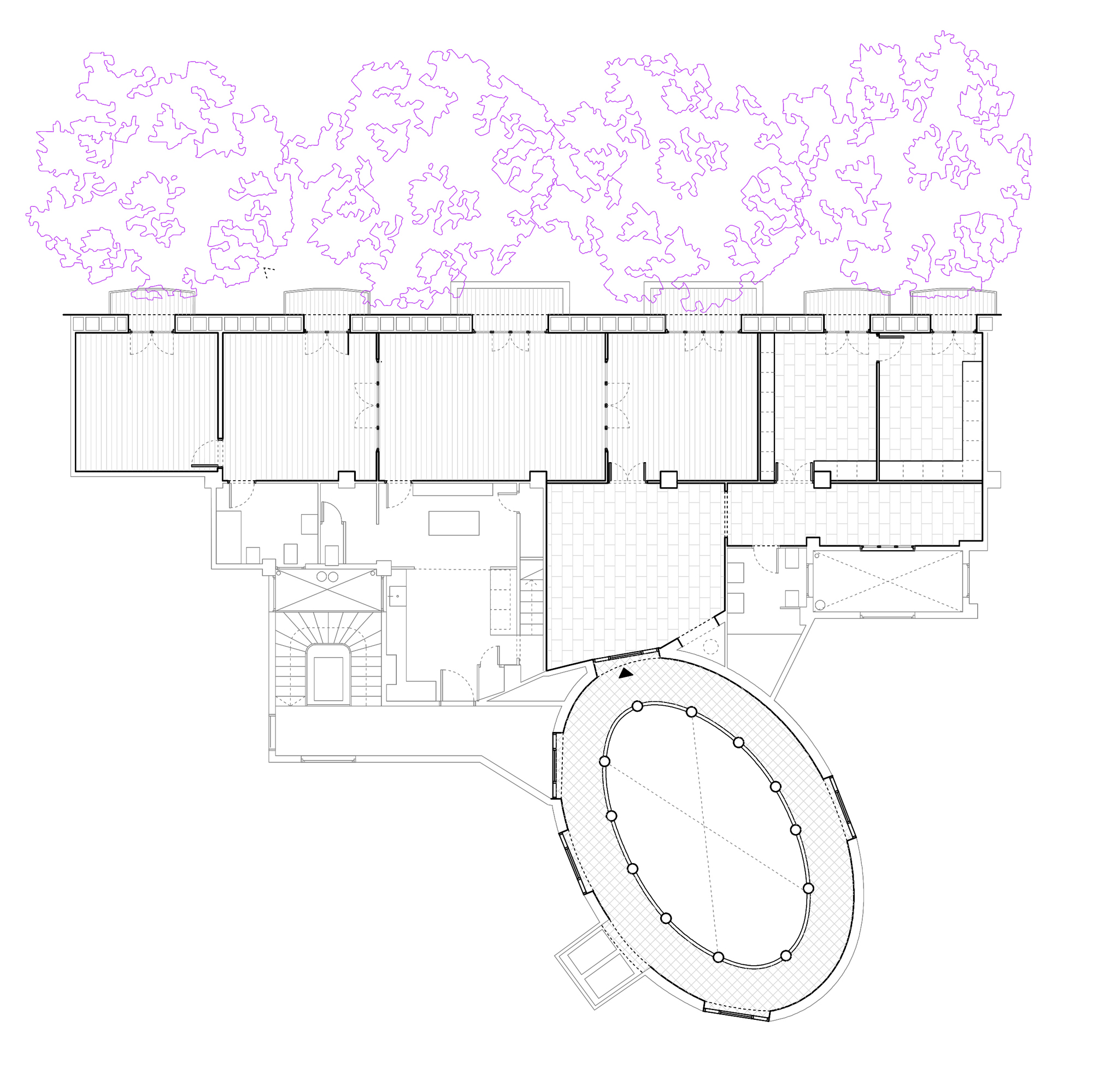
Previous state
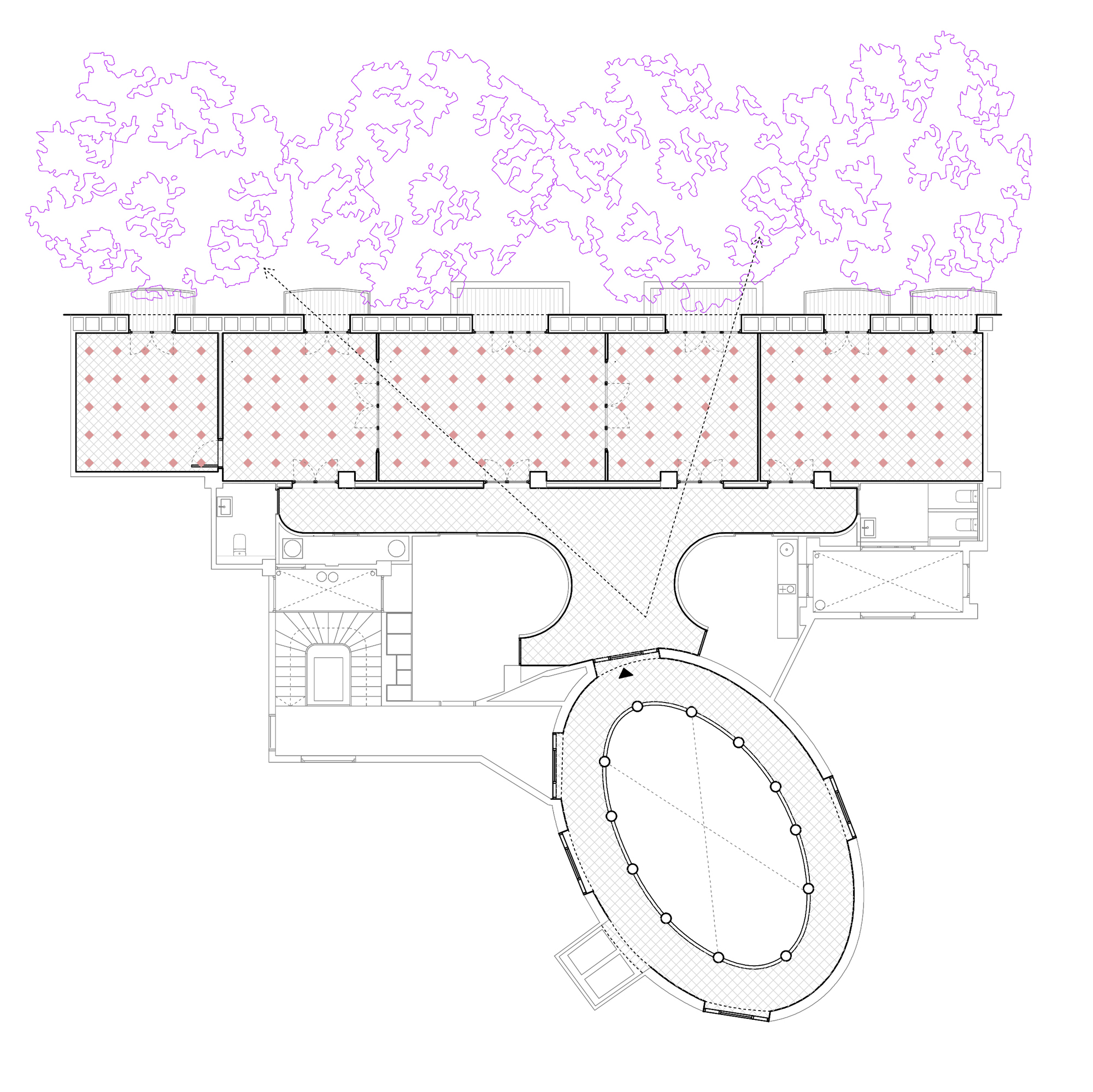
Project


On the other hand, a new access and distribution system has been introduced to organize a more fluid functionality and create new intersecting perspectives. This is achieved through curved geometries inspired by the oval building atrium. Now, all the rooms have independent access from this corridor, enhancing the flexibility and adaptability of the flat.
In summary, the new floor plan can be divided into two parts: one connected to the facade (retaining the Noucentista-style), and the other connected to the atrium (formerly the service area, now with a contemporary atmosphere). It is in this latter part where all the new facilities are located, providing services to the entire floor plan. This includes the office kitchen, restrooms, air renovation system and the hidden climate systems. All the technological facilities are hidden below the new pavement and above the new ceilings in order to maintain the clean original aesthetic.
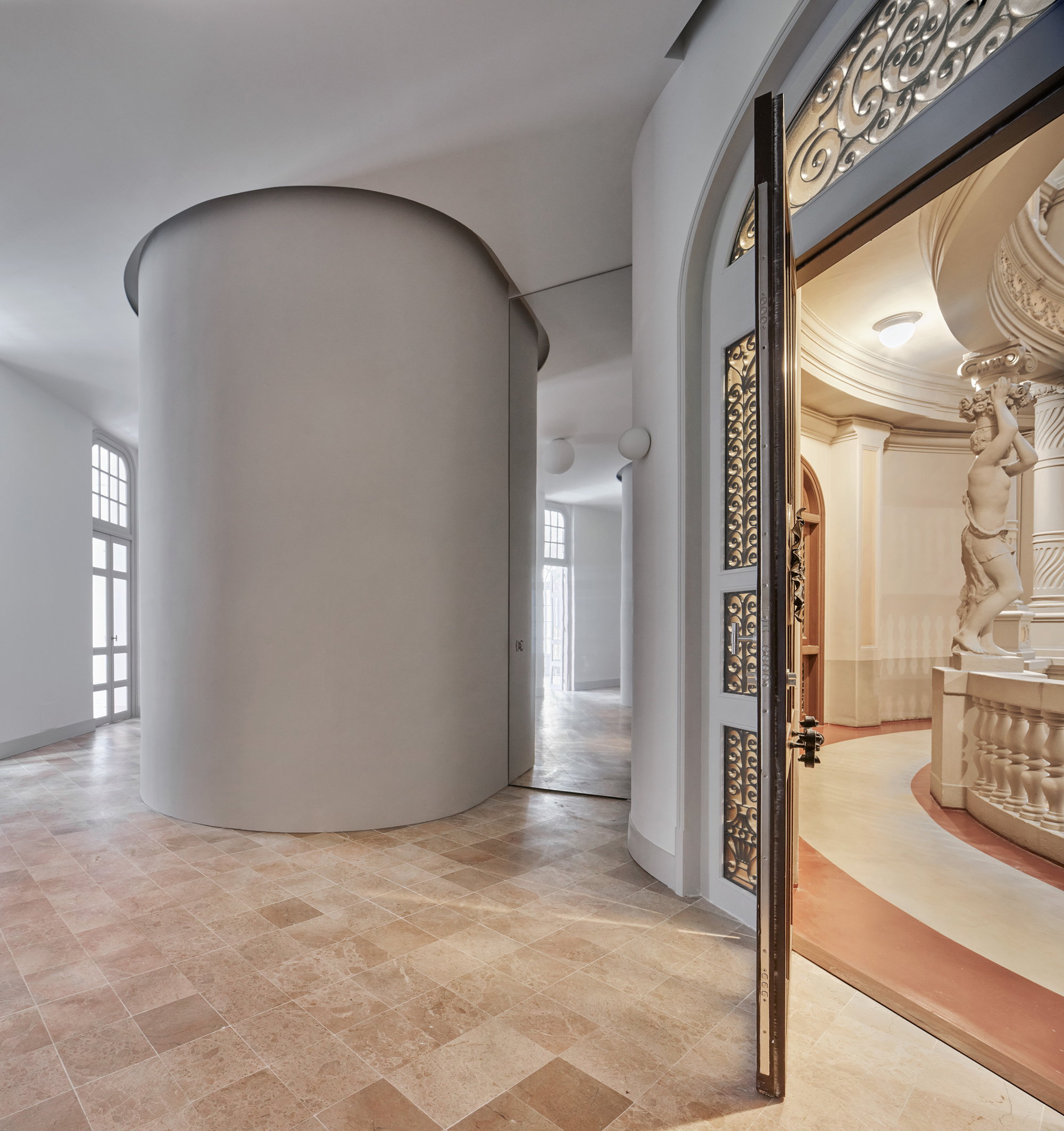
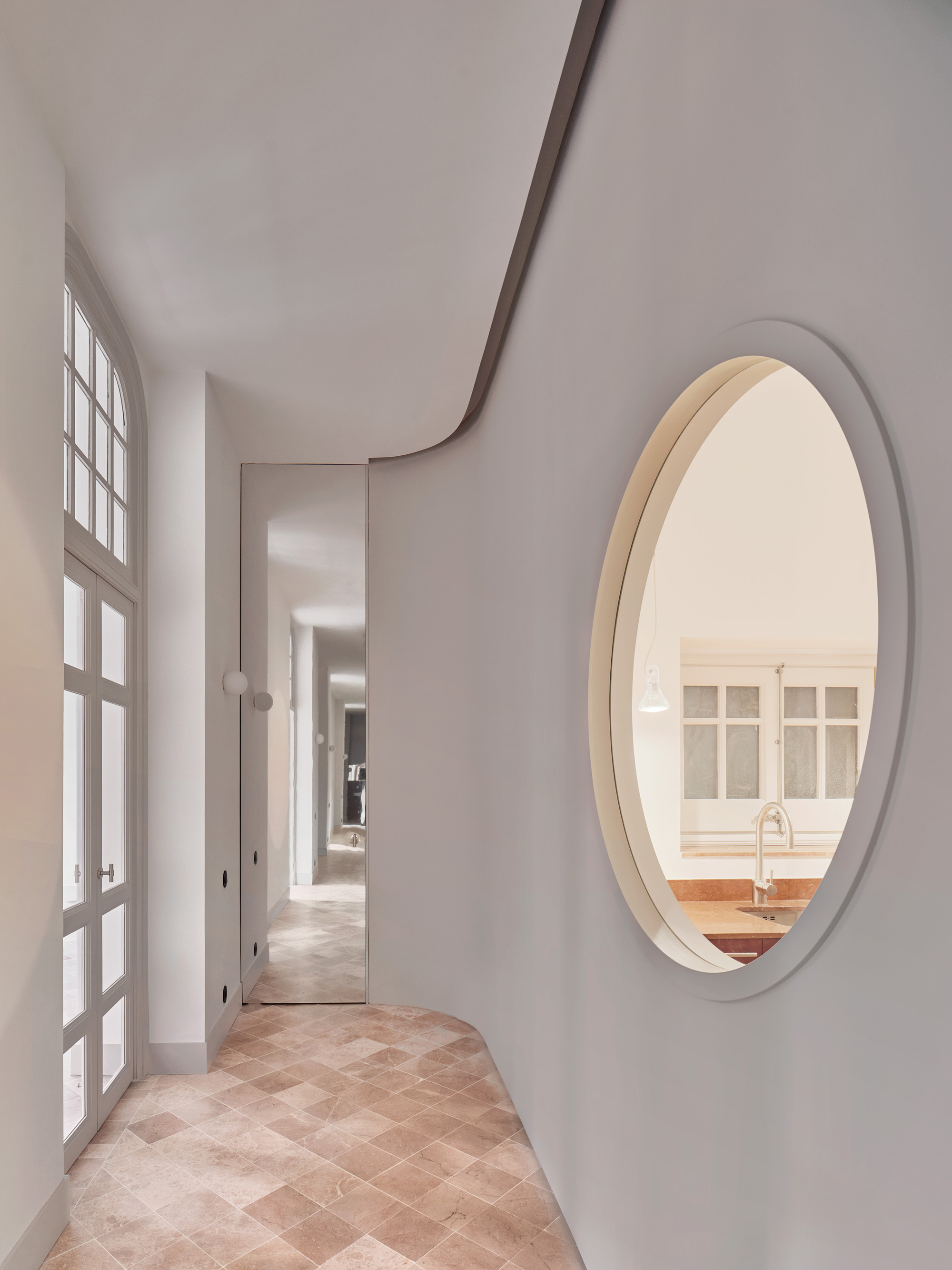
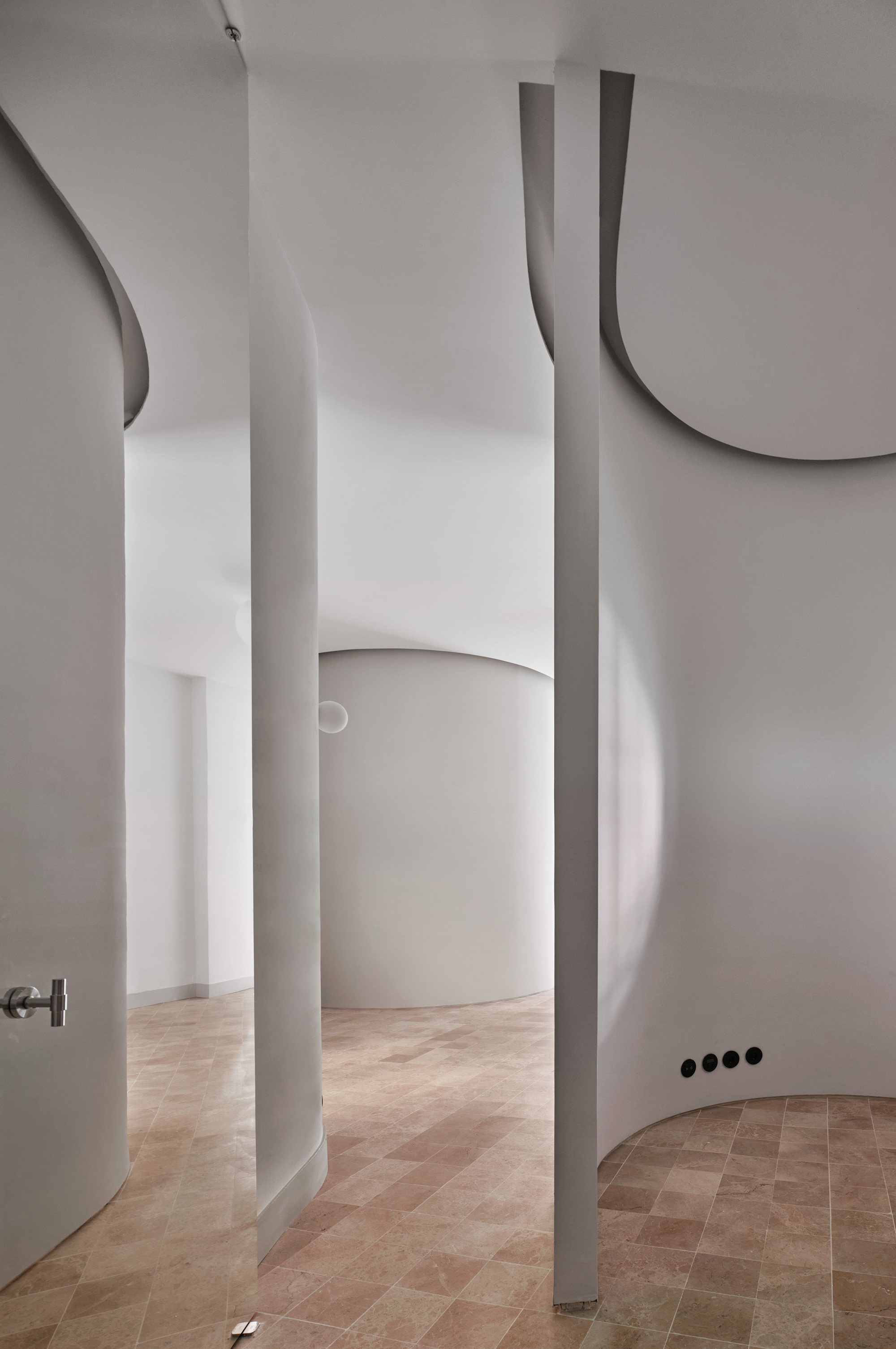
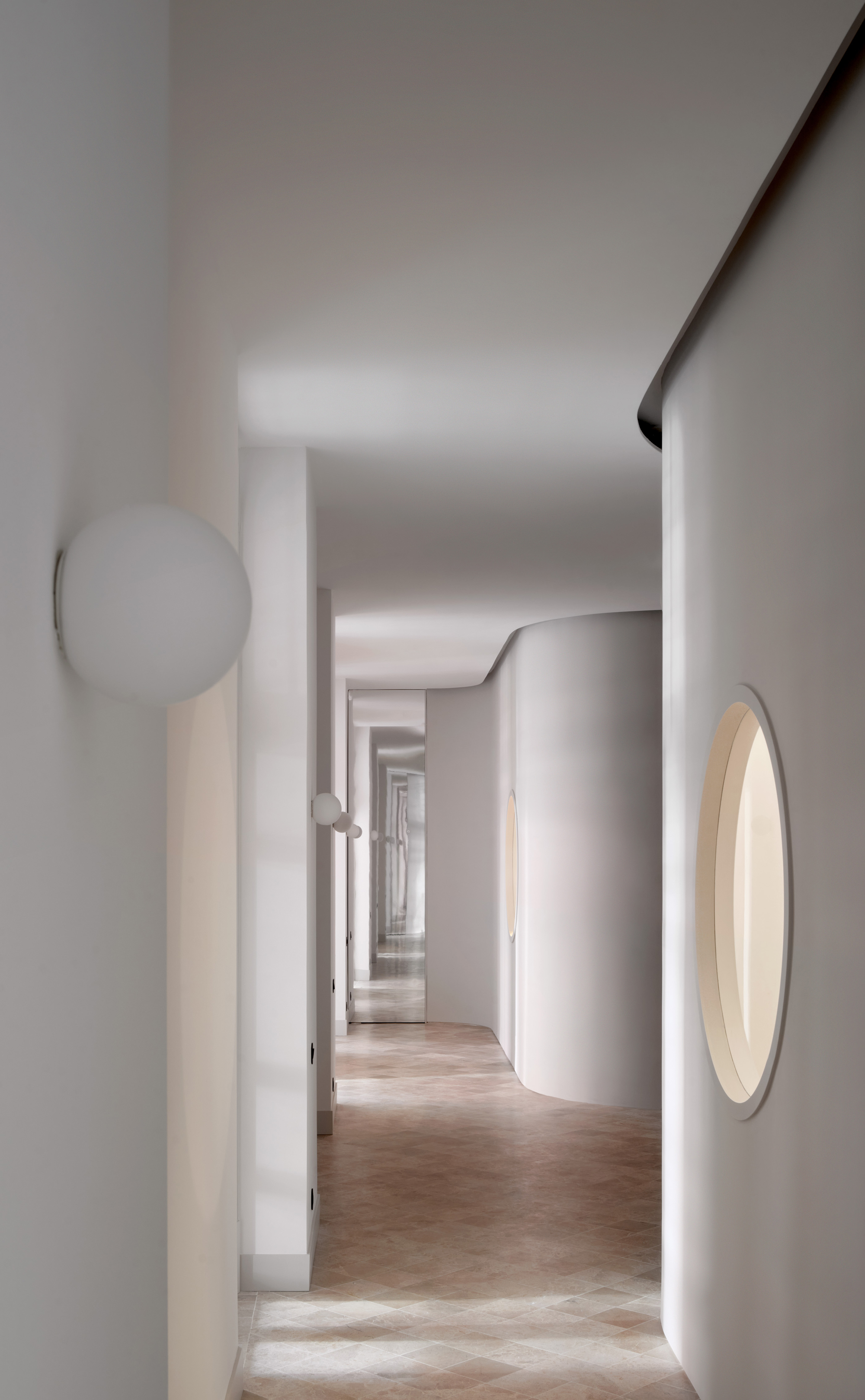
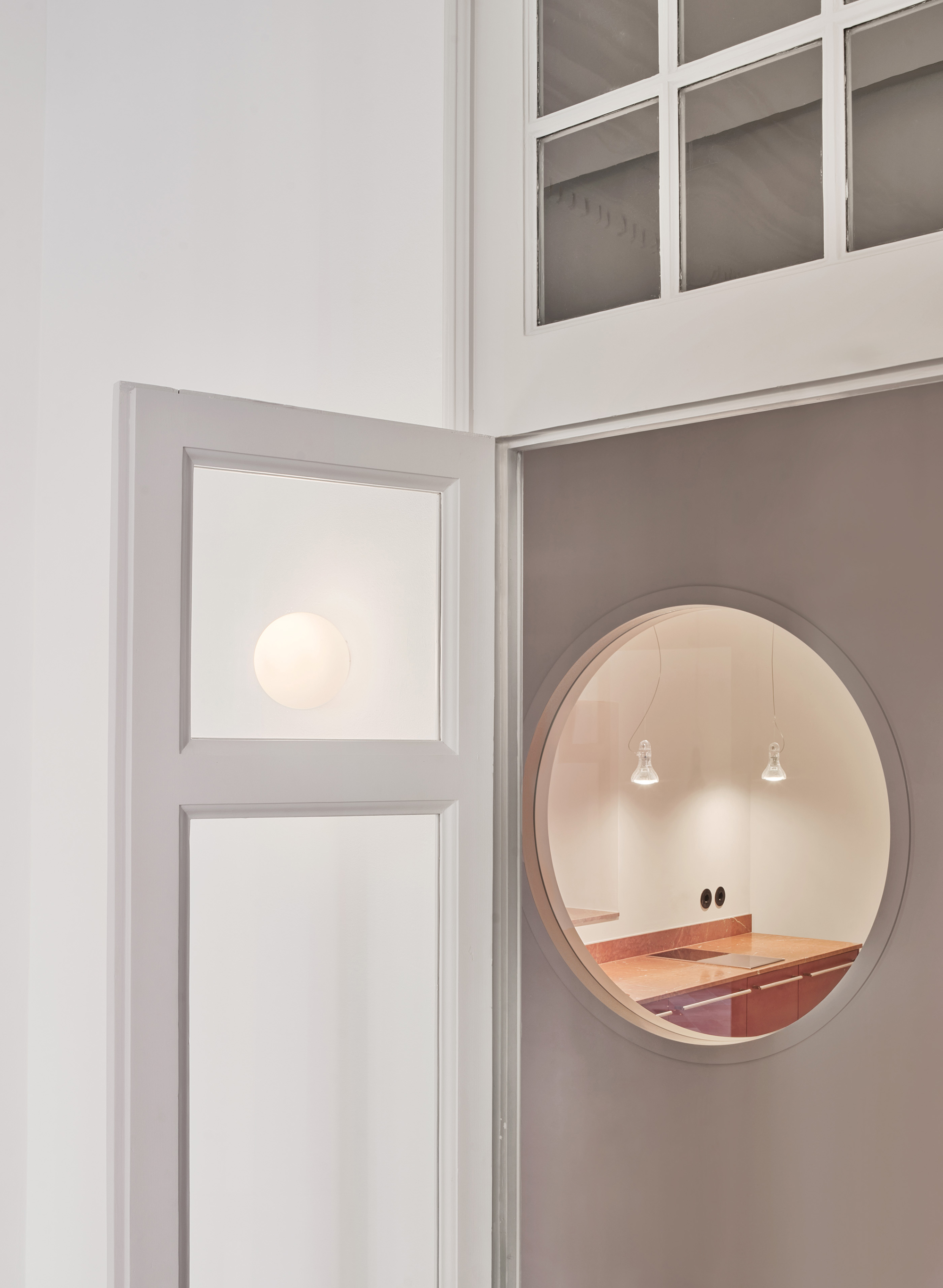
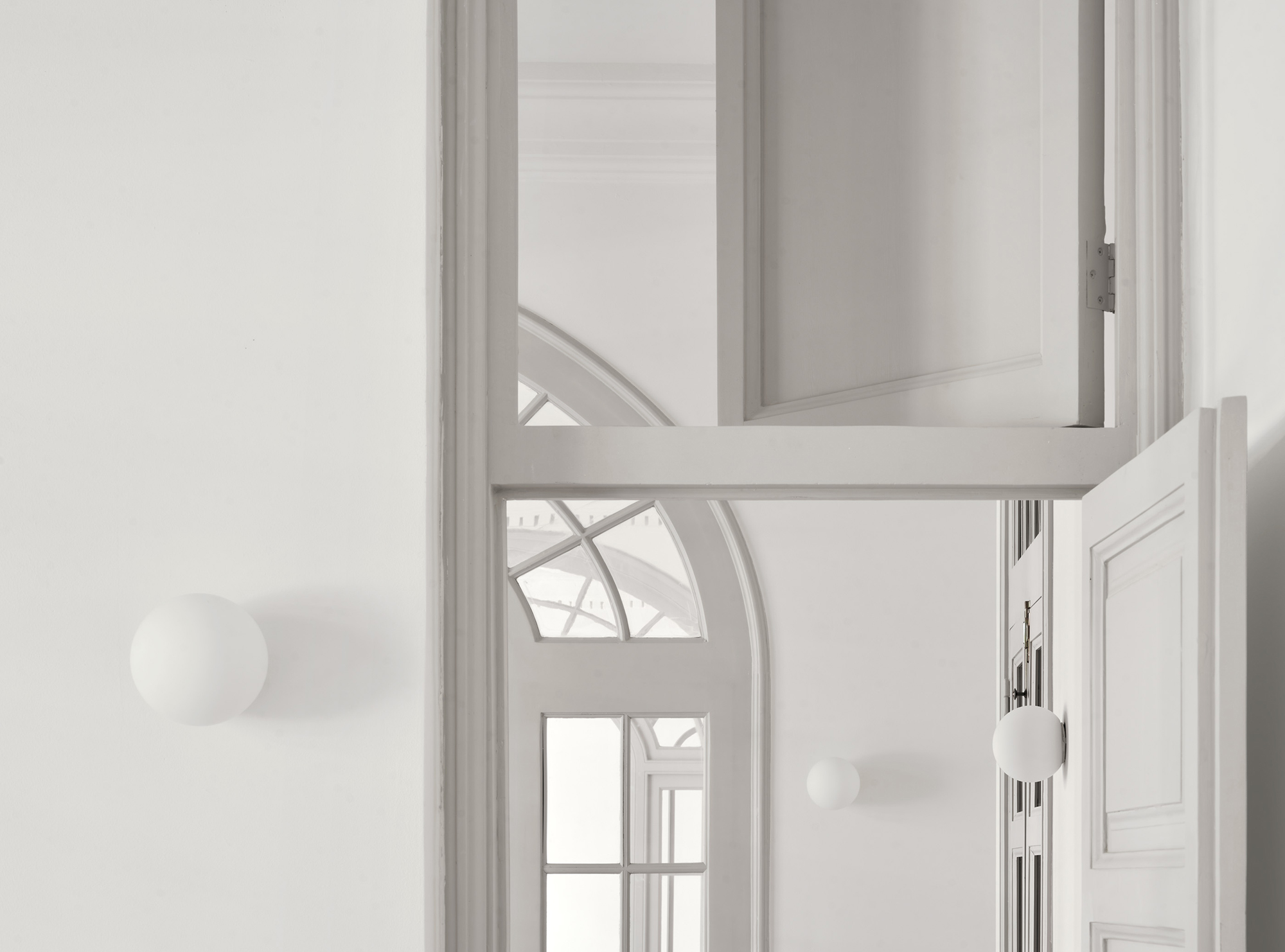
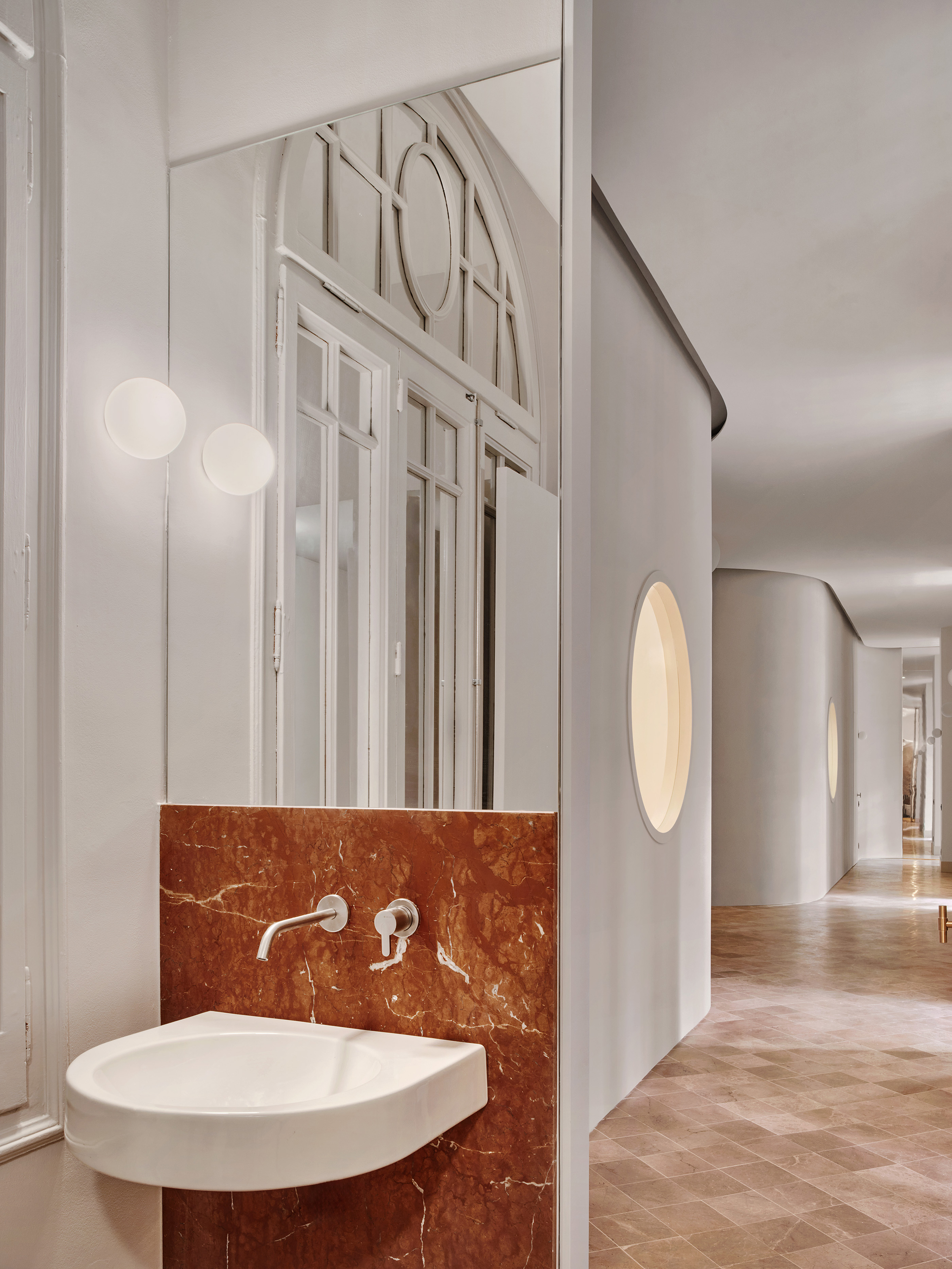
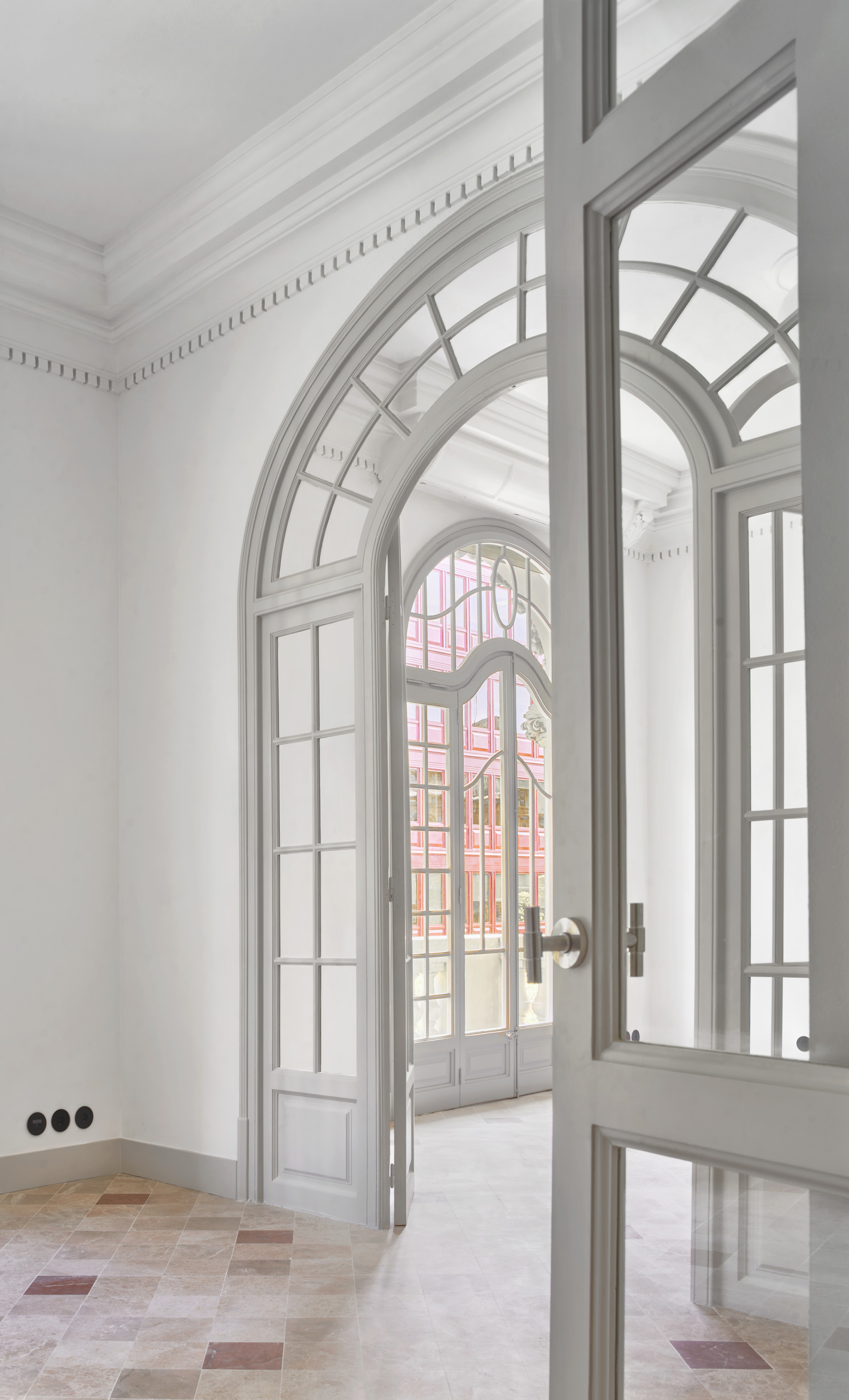
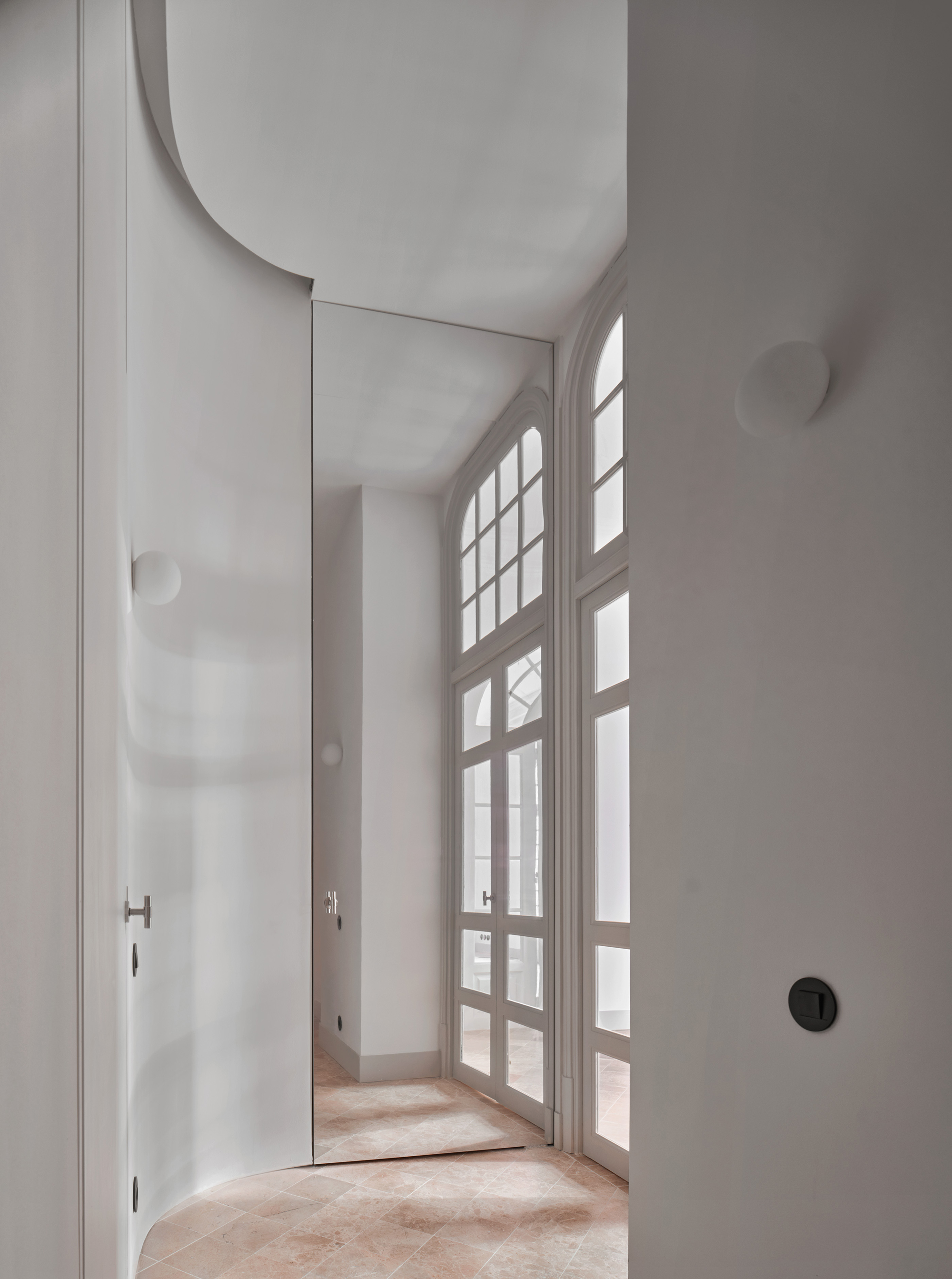
All the original craftsmanship has been meticulously restored, including the cornices and wooden doors. These were carefully dismantled and reinstated in their original positions. A new local natural stone is used as pavement for the entire flat, replicating the arrangement of the original hydraulic pavement, which was damaged, and partially removed during successive partial renovations.

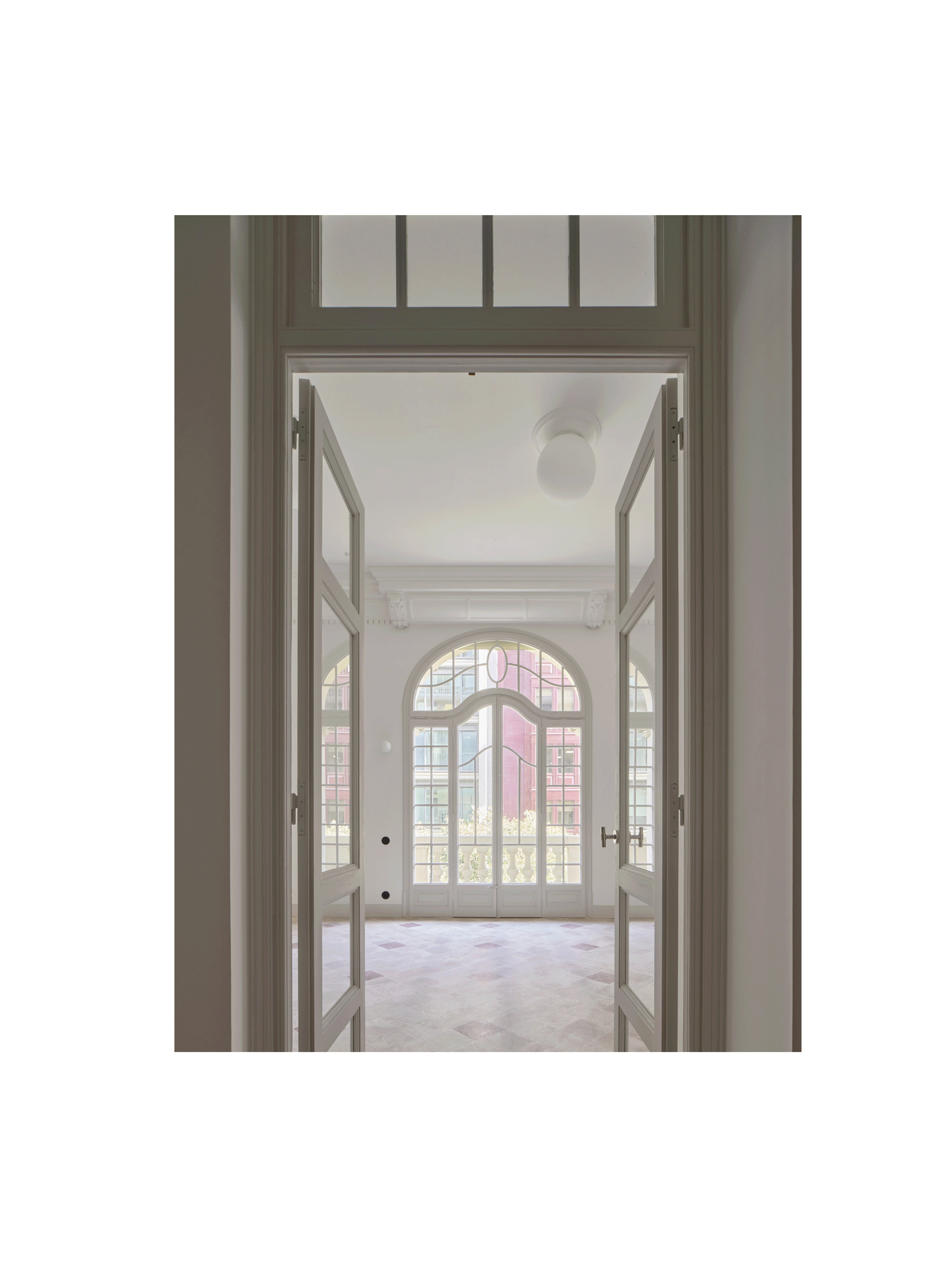
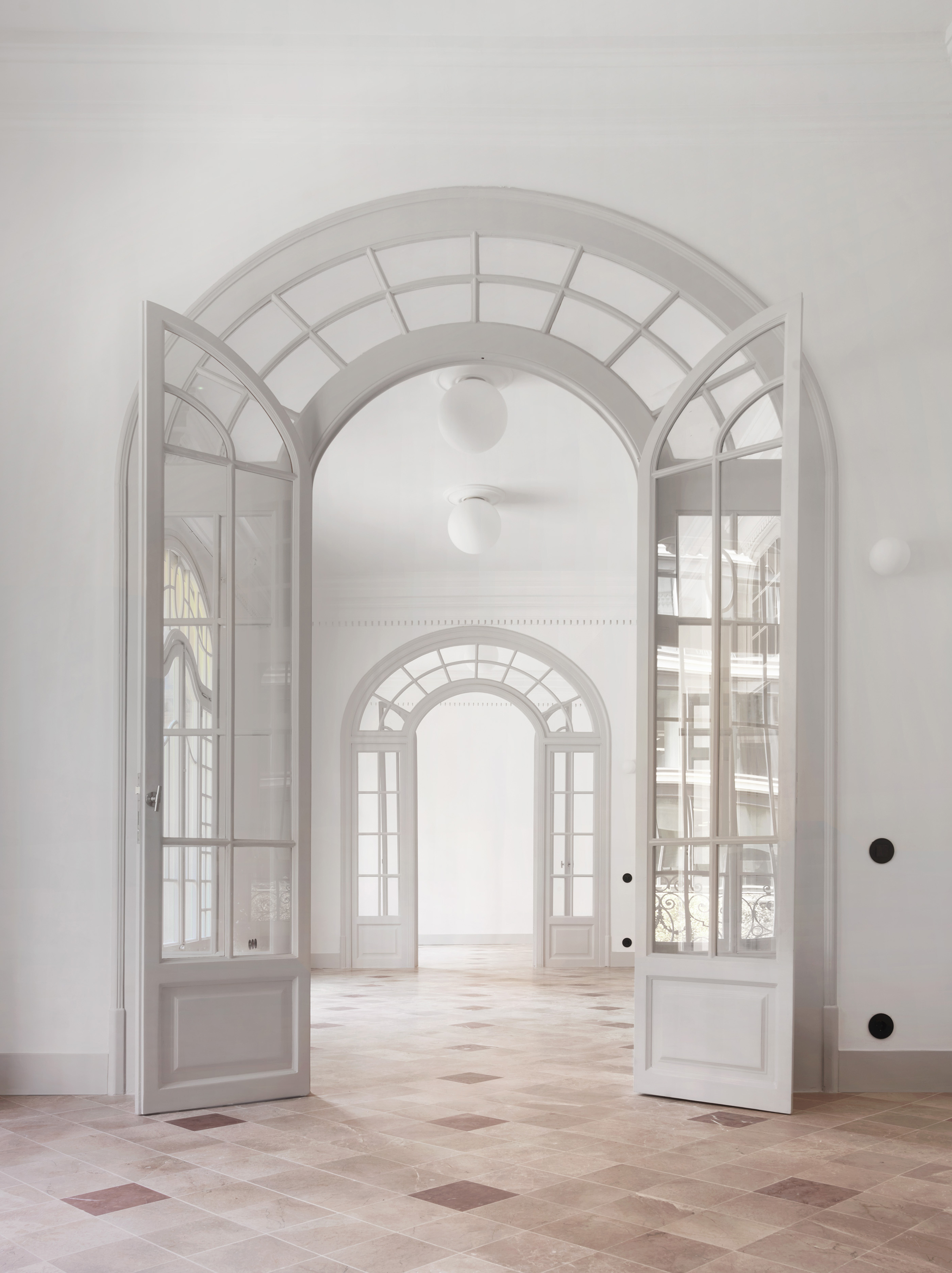


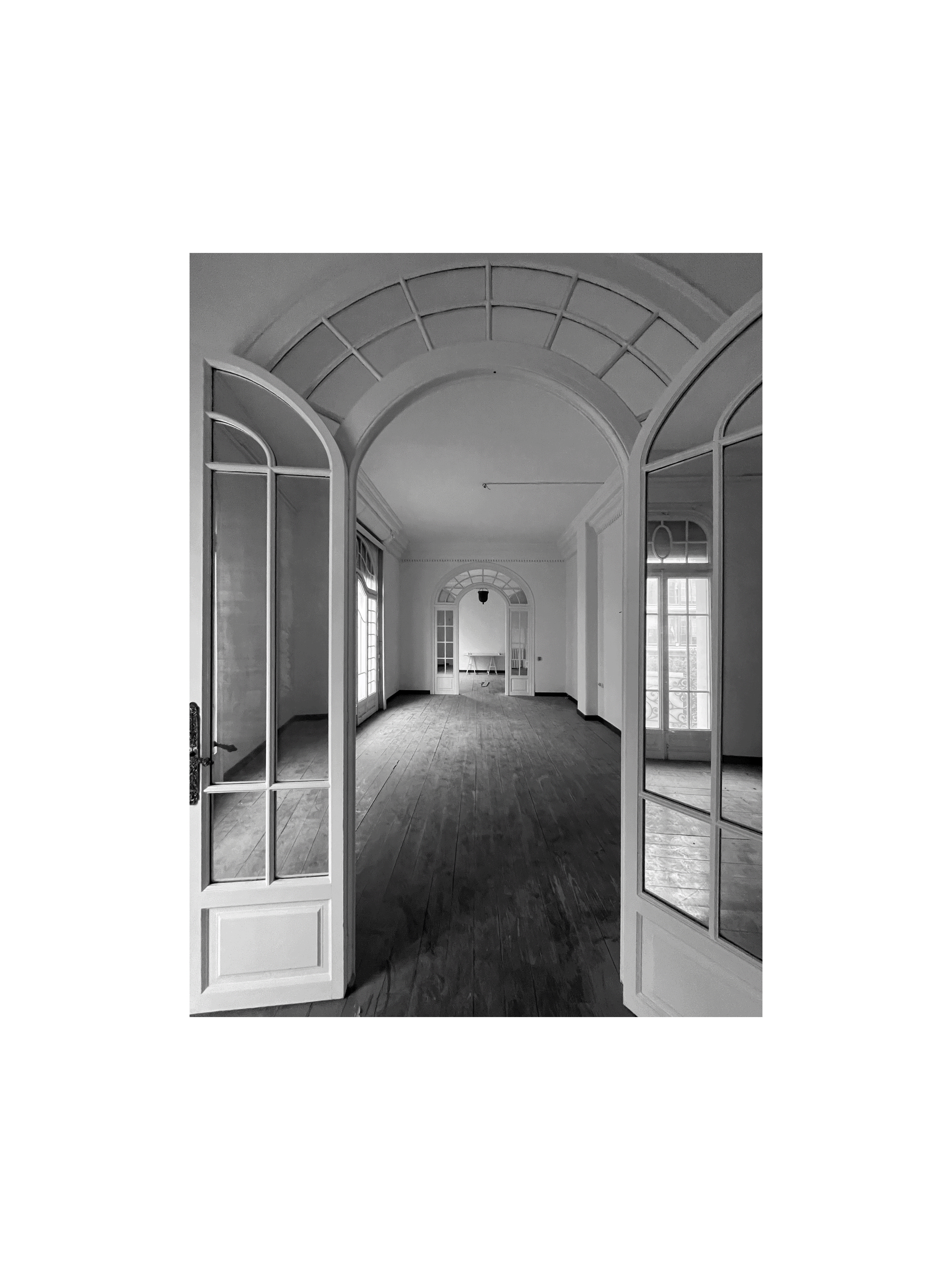
Other projects by Metronom arquitectura





1 Comment